Categories
Recent Posts
- Football: Panthère du Ndé Wins Cameroon Cup 2025
- Fifa brings in new £45 ticket for 2026 World Cup
- President Sisiku Ayuk Tabe, top aides to appear before the Supreme Court
- Pressure mounts on Biya as speculation grows over possible replacement of Ngute
- 2025 is the year when Biya’s long rule finally lost its last convincing justification
Archives
- December 2025
- November 2025
- October 2025
- September 2025
- August 2025
- July 2025
- June 2025
- May 2025
- April 2025
- March 2025
- February 2025
- January 2025
- December 2024
- November 2024
- October 2024
- September 2024
- August 2024
- July 2024
- June 2024
- May 2024
- April 2024
- March 2024
- February 2024
- January 2024
- December 2023
- November 2023
- October 2023
- September 2023
- August 2023
- July 2023
- June 2023
- May 2023
- April 2023
- March 2023
- February 2023
- January 2023
- December 2022
- November 2022
- October 2022
- September 2022
- August 2022
- July 2022
- June 2022
- May 2022
- April 2022
- March 2022
- February 2022
- January 2022
- December 2021
- November 2021
- October 2021
- September 2021
- August 2021
- July 2021
- June 2021
- May 2021
- April 2021
- March 2021
- February 2021
- January 2021
- December 2020
- November 2020
- October 2020
- September 2020
- August 2020
- July 2020
- June 2020
- May 2020
- April 2020
- March 2020
- February 2020
- January 2020
- December 2019
- November 2019
- October 2019
- September 2019
- August 2019
- July 2019
- June 2019
- May 2019
- April 2019
- March 2019
- February 2019
- January 2019
- December 2018
- November 2018
- October 2018
- September 2018
- August 2018
- July 2018
- June 2018
- May 2018
- April 2018
- March 2018
- February 2018
- January 2018
- December 2017
- November 2017
- October 2017
- September 2017
- August 2017
- July 2017
- June 2017
- May 2017
- April 2017
- March 2017
- February 2017
- January 2017
- December 2016
- November 2016
- October 2016
- September 2016
- August 2016
- July 2016
- June 2016
Featured
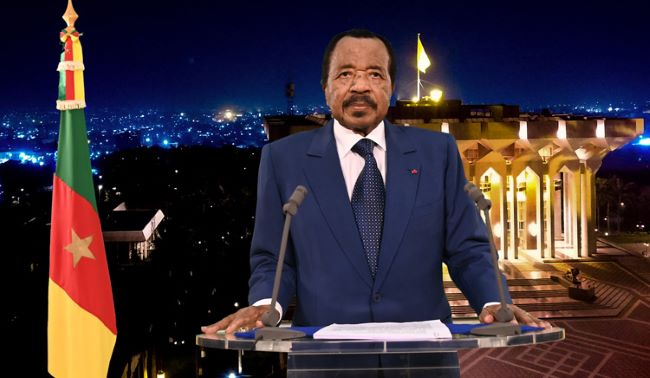 2025 is the year when Biya’s long rule finally lost its last convincing justification
2025 is the year when Biya’s long rule finally lost its last convincing justification 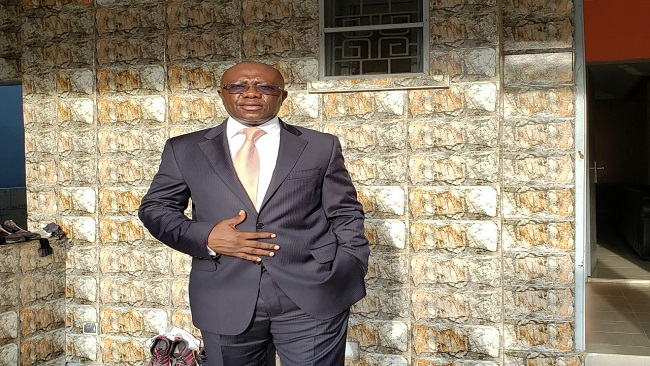 Young Cameroonians: Build social capital to succeed
Young Cameroonians: Build social capital to succeed 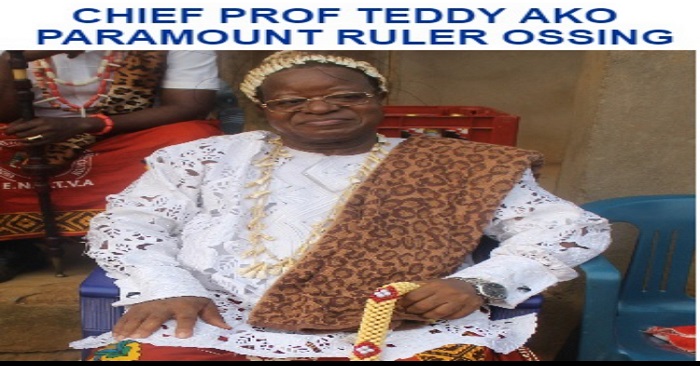 Eulogy for HRH Nfor Professor Teddy Ako of Ossing
Eulogy for HRH Nfor Professor Teddy Ako of Ossing 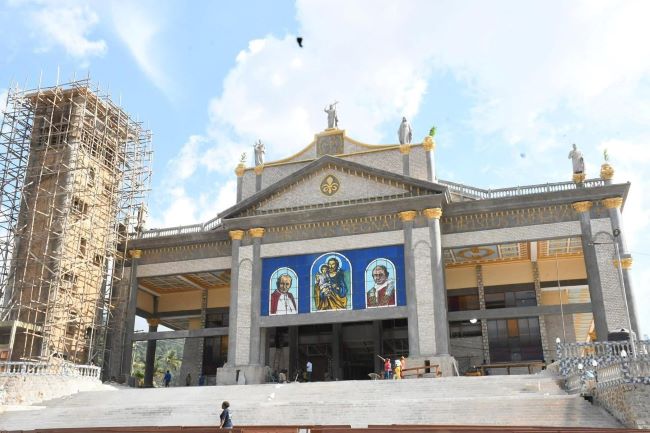 Will Fr. Paul Verdzekov recognize the refurbished and rededicated Cathedral in Bamenda were he to return today?
Will Fr. Paul Verdzekov recognize the refurbished and rededicated Cathedral in Bamenda were he to return today?  Cameroon apparently under a de facto federalism
Cameroon apparently under a de facto federalism
Most Commented Posts
 4 Anglophone detainees killed in Yaounde
4 Anglophone detainees killed in Yaounde
18 comments Chantal Biya says she will return to Cameroon if General Ivo Yenwo, Martin Belinga Eboutou and Ferdinand Ngoh Ngoh are sacked
Chantal Biya says she will return to Cameroon if General Ivo Yenwo, Martin Belinga Eboutou and Ferdinand Ngoh Ngoh are sacked
13 comments The Anglophone Problem – When Facts don’t Lie
The Anglophone Problem – When Facts don’t Lie
12 comments Anglophone Nationalism: Barrister Eyambe says “hidden plans are at work”
Anglophone Nationalism: Barrister Eyambe says “hidden plans are at work”
12 comments Largest wave of arrest by BIR in Bamenda
Largest wave of arrest by BIR in Bamenda
10 comments
Latest Tweets
Featured
-

Football: Panthère du Ndé Wins Cameroon Cup 2025
-

Fifa brings in new £45 ticket for 2026 World Cup
-
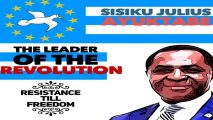
President Sisiku Ayuk Tabe, top aides to appear before the Supreme Court
-
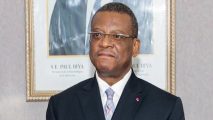
Pressure mounts on Biya as speculation grows over possible replacement of Ngute
-
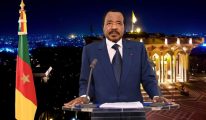
2025 is the year when Biya’s long rule finally lost its last convincing justification
-

Armed Mbororo tribesmen killed 8 in Southern Cameroons’ new war
-

Southern Cameroons Crisis: Atanga Nji Boys abduct 8 people en route to Kumbo
© Cameroon Concord News 2025
4, December 2017
Yemen’s ex-president Ali Abdullah Saleh killed: Video 0
Yemen’s Interior Ministry has issued a statement confirming the death of the country’s ousted president, Ali Abdullah Saleh, during clashes in capital Sana’a.
The confirmation came after a Yemeni radio station announced earlier on Monday that Saleh had been killed during clashes in the Yemeni capital.
The Interior Ministry further said in its statement that Saleh had been creating “chaos” in the country through cooperating with “militias of aggression” and by providing help to “extremist militias.”
The ministry added that the Yemeni forces, backed by fighters from the popular Ansarullah Houthi movement, were in full control of all positions previously held by Saleh’s militias in Sana’a.
The statement also noted that conflicts, which had plagued Sana’a during past days, were actually over after death of Saleh.
“The Interior Ministry announces the end of the crisis of the treason militia and the killing of its leader and a number on his criminal partisans,” it added.
Later in the day, Saudi-owned al-Arabiya television quoted sources in Saleh’s General Peoples Congress as confirming that he had been killed.
The news channel added that the sources had said Saleh was killed by sniper bullets.
A few hours later, officials in Ali Abdullah Saleh’s General People’s Congress (GPC) confirmed to Reuters that Saleh had been killed outside Sana’a, in what sources in the Houthi group said was an RPG and gun attack.
The GPC officials said Saleh was killed south of the capital Sana’a along with the assistant secretary-general of the GPC, Yasser al-Awadi.
Earlier on Monday, Saudi Arabia unleashed a fresh wave of aerial bombardments against targets in Yemen’s capital in an apparent effort to support forces loyal Saleh.
Since November 29, armed clashes sparked by forces loyal to Saleh, have continued against Houthi forces that are at the forefront of a retaliatory war against the Saudi-led military coalition. Saleh loyalists accused the Houthi fighters of raiding their bases across Sana’a and beyond, an allegation that the Houthi leader has strongly denied.
Saleh stepped down following a 2011 uprising after being in power for 33 years. His resignation in 2012 paved the way for Abd Rabbuh Mansur Hadi to assume power as Yemen’s president. Hadi, however, resigned in 2014 and fled the country to Saudi Arabia.
The Houthi movement assumed responsibility for running state affairs after Hadi’s escape threw Yemen into a state of uncertainty and threatened a total security breakdown in the country, where an al-Qaeda affiliate was present.
Later on, Saleh joined forces with the Houthis and the Yemeni army to defend the country against the brutal Saudi aggression, which started in March 2015.
On Saturday, however, Saleh officially announced the end of his alliance with Houthis, claiming that the movement had imposed hunger on the country and worked as an ally of Iran.
Source: Presstv